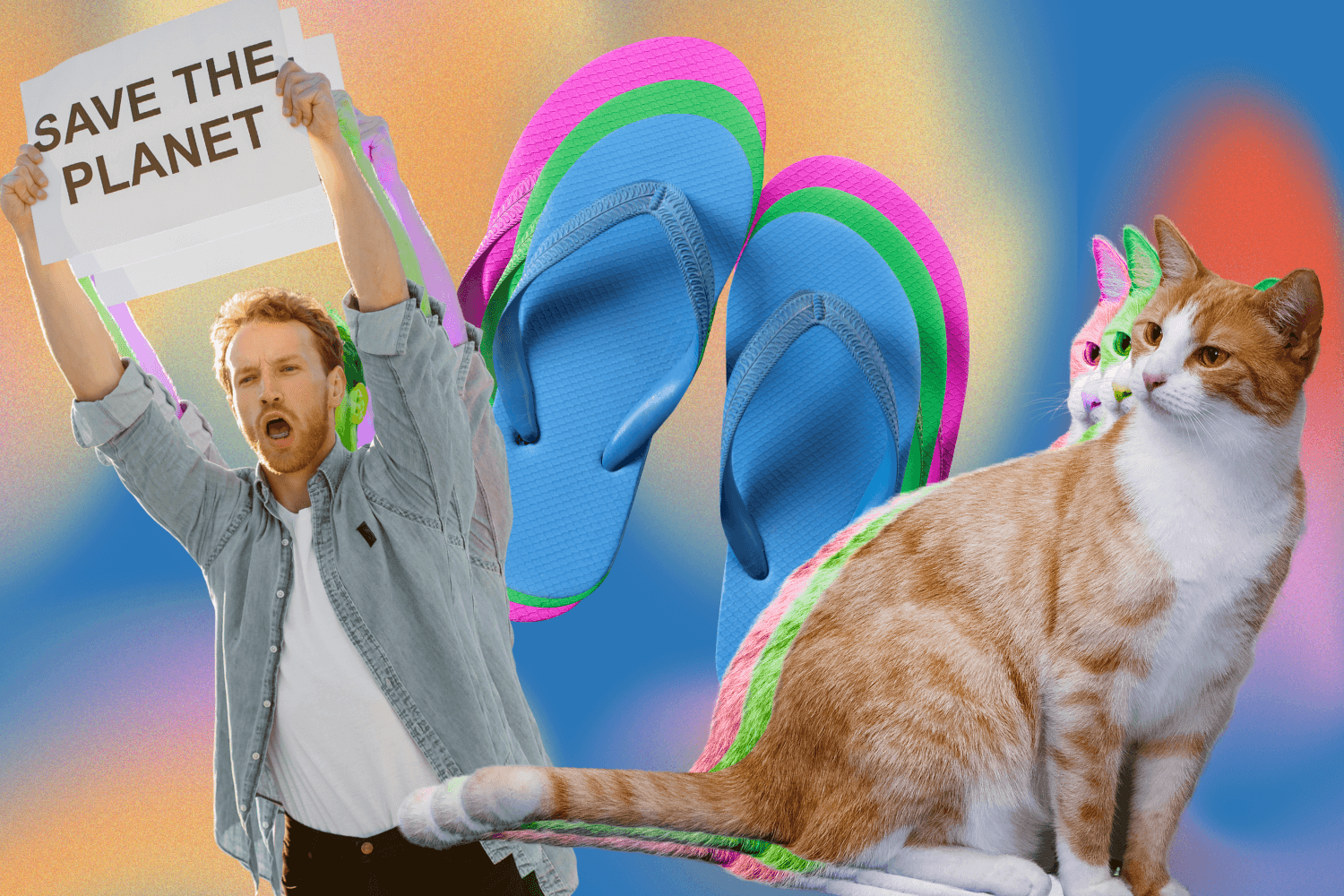As we move toward an increasingly digitised world, fashion brands are not staying behind on the societal trend. Virtual wardrobes have been on the rise with concepts like game skins, avatar clothing, and NFTs, which allow users to express their style digitally.
What is Virtual Fashion?
When you think of virtual fashion, your mind might go to gaming platforms like Fortnite, Roblox, and The Sims, where users spend billions annually on in-game cosmetics, which increasingly mirror real-world style trends.
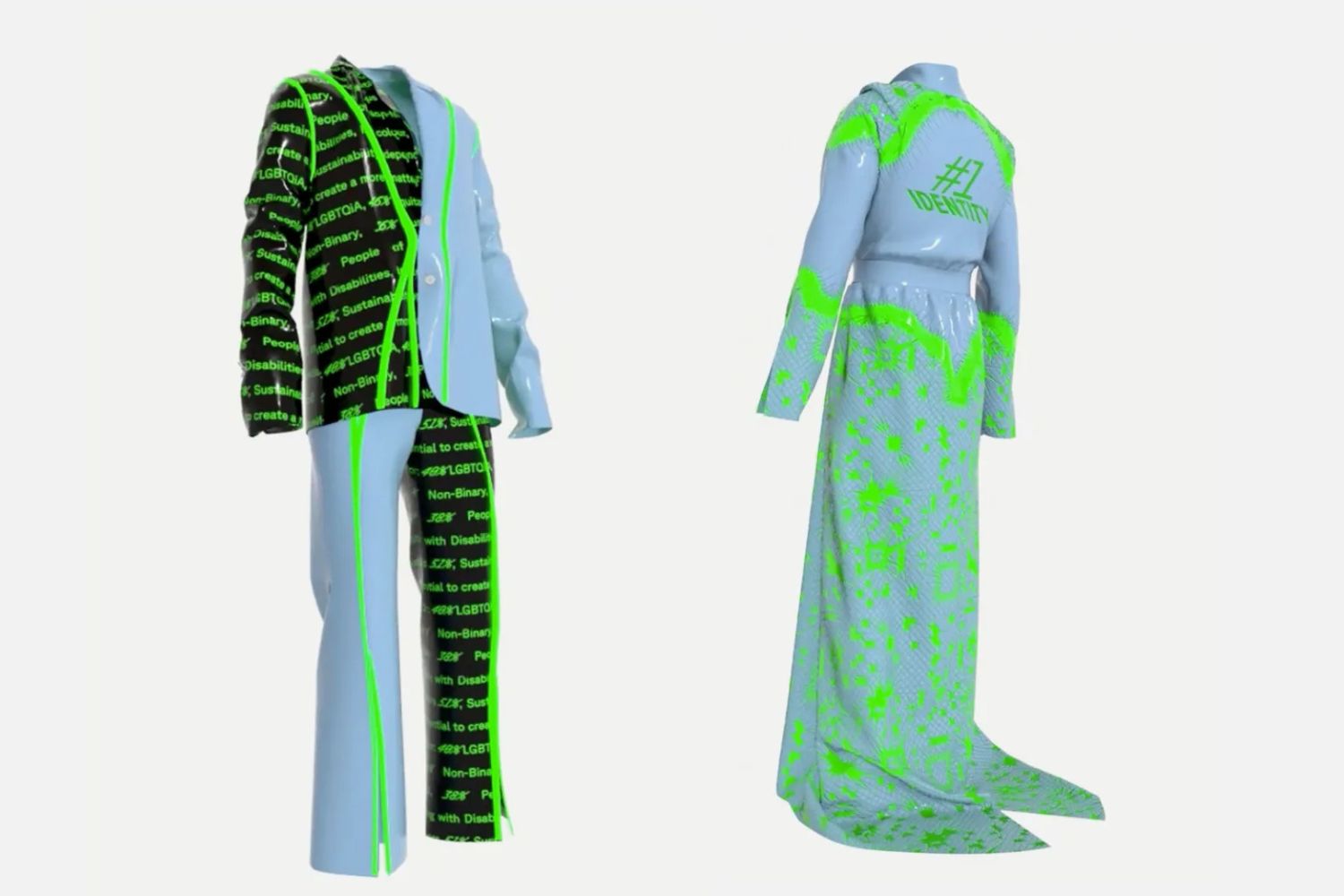 source University of Fashion
source University of Fashion
Despite the gaming influence, luxury fashion houses like Marc Jacobs, Gucci and Louis Vuitton have also embraced the digital styling universe. In addition, having launched digital collections, it offers consumers exclusive virtual wearables that blend high fashion with immersive technology experiences.
Platforms like DressX and The Fabricant specialise in digital-only fashion, providing marketplaces for purchasing and showcasing virtual garments.
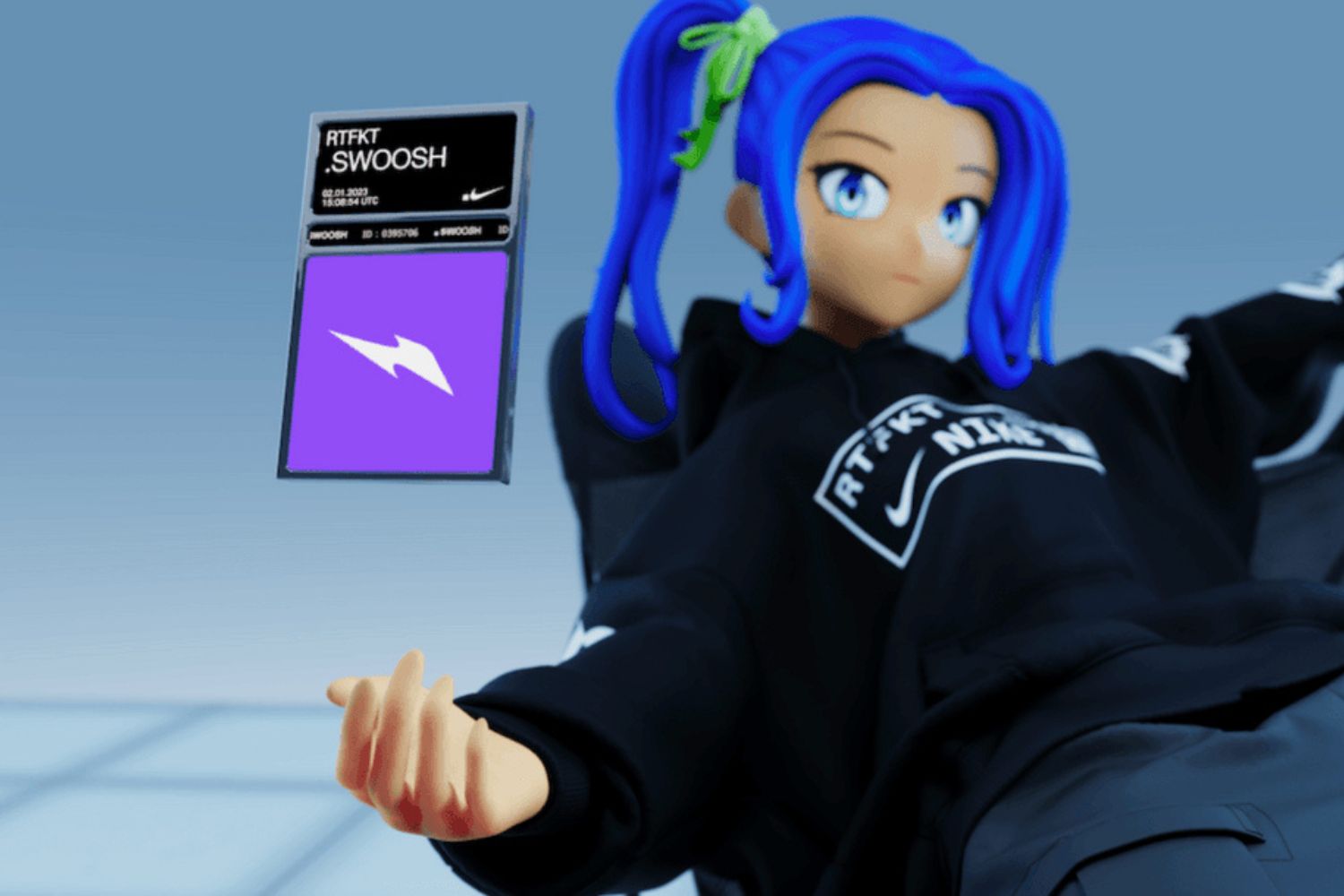 source DaapRadar
source DaapRadar
The integration of virtual fashion into various platforms has expanded its reach. Social media applications like Instagram and Snapchat have incorporated Augmented Reality filters, enabling users to try on digital clothing virtually.
What Does it Mean for Sustainability?
From a sustainability perspective, virtual fashion presents promising benefits. The production of digital garments eliminates the need for physical resources, thereby reducing textile waste, water consumption, and carbon emissions associated with traditional clothing manufacturing.
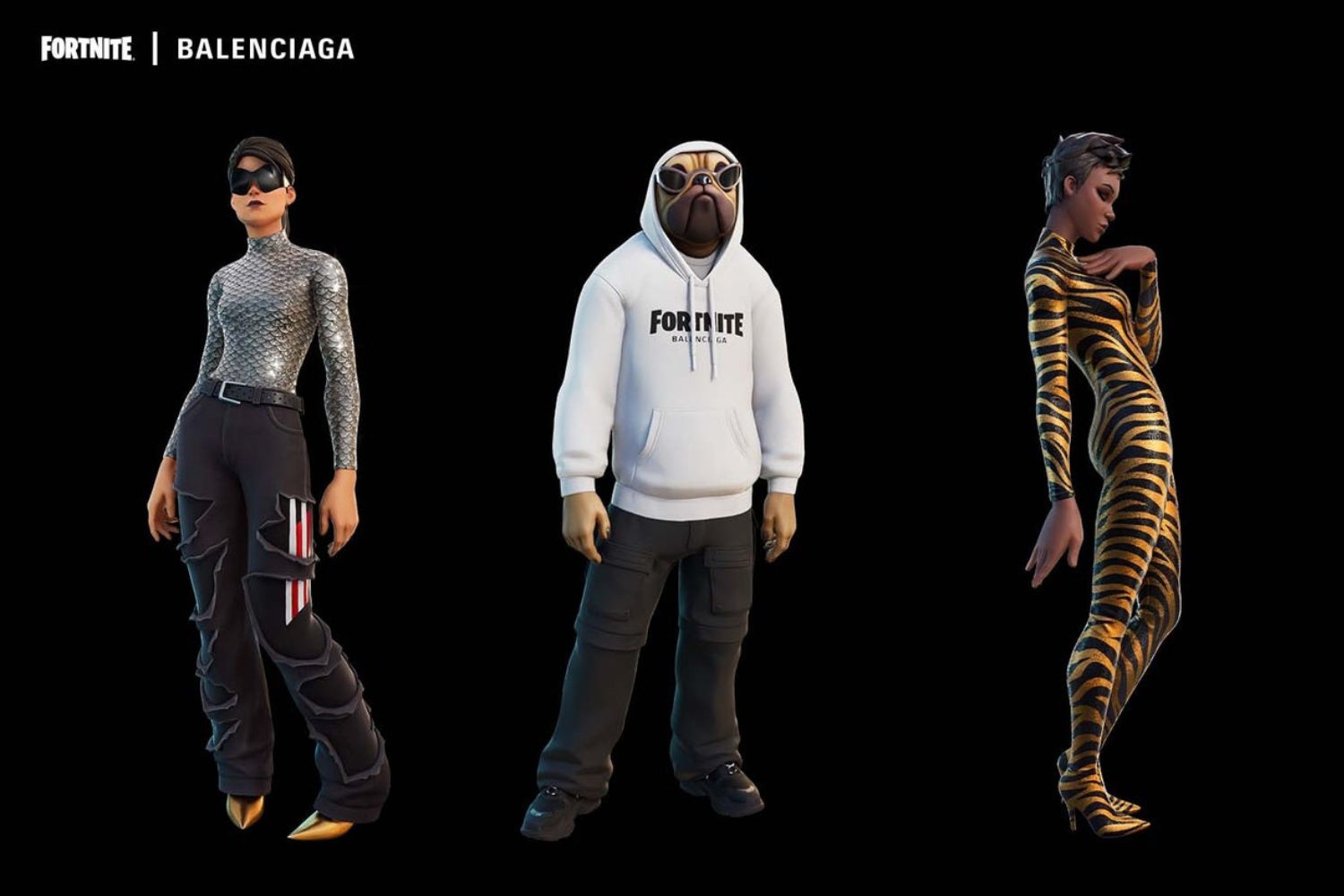 Source The Journalist
Source The Journalist
Virtual Try-Ons and Shopping
Virtual try-on (VTO) technology utilises AR and AI to overlay digital representations of products onto real-time images or videos of users.
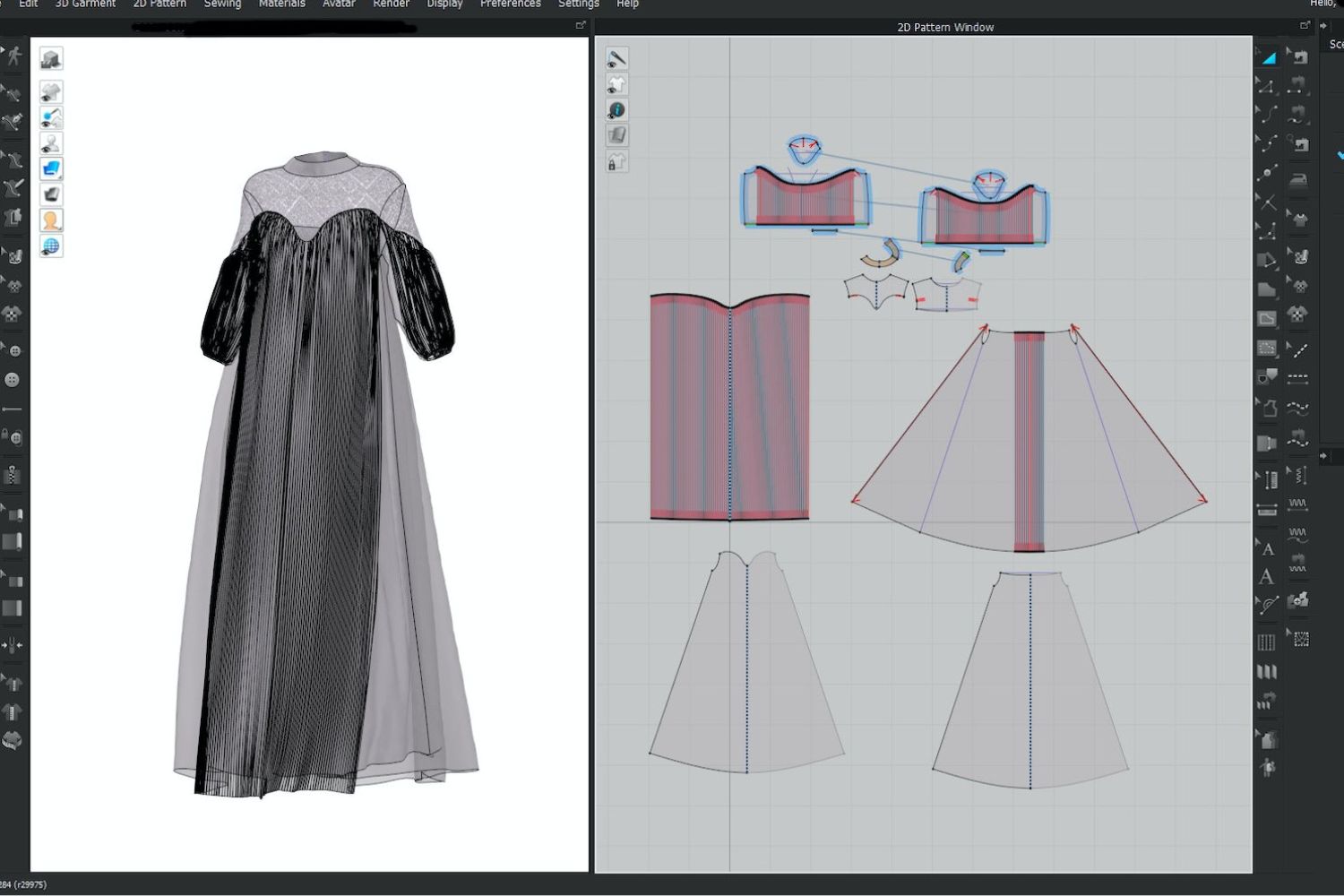 source The Business of Fashion
source The Business of Fashion
For instance, Google’s AI-powered virtual try-on feature allows users to upload a full-length photo of themselves to see how various clothing items would look on their bodies. Shoppers can make more informed purchasing decisions by visualising how products look on themselves.
Sustainability or Delayed Consumption?
But here’s the question: Is this truly sustainable, or simply delayed consumption in a digital disguise?
While no physical resources are used, digital garments still require energy, especially when created using blockchain technologies like NFTs.
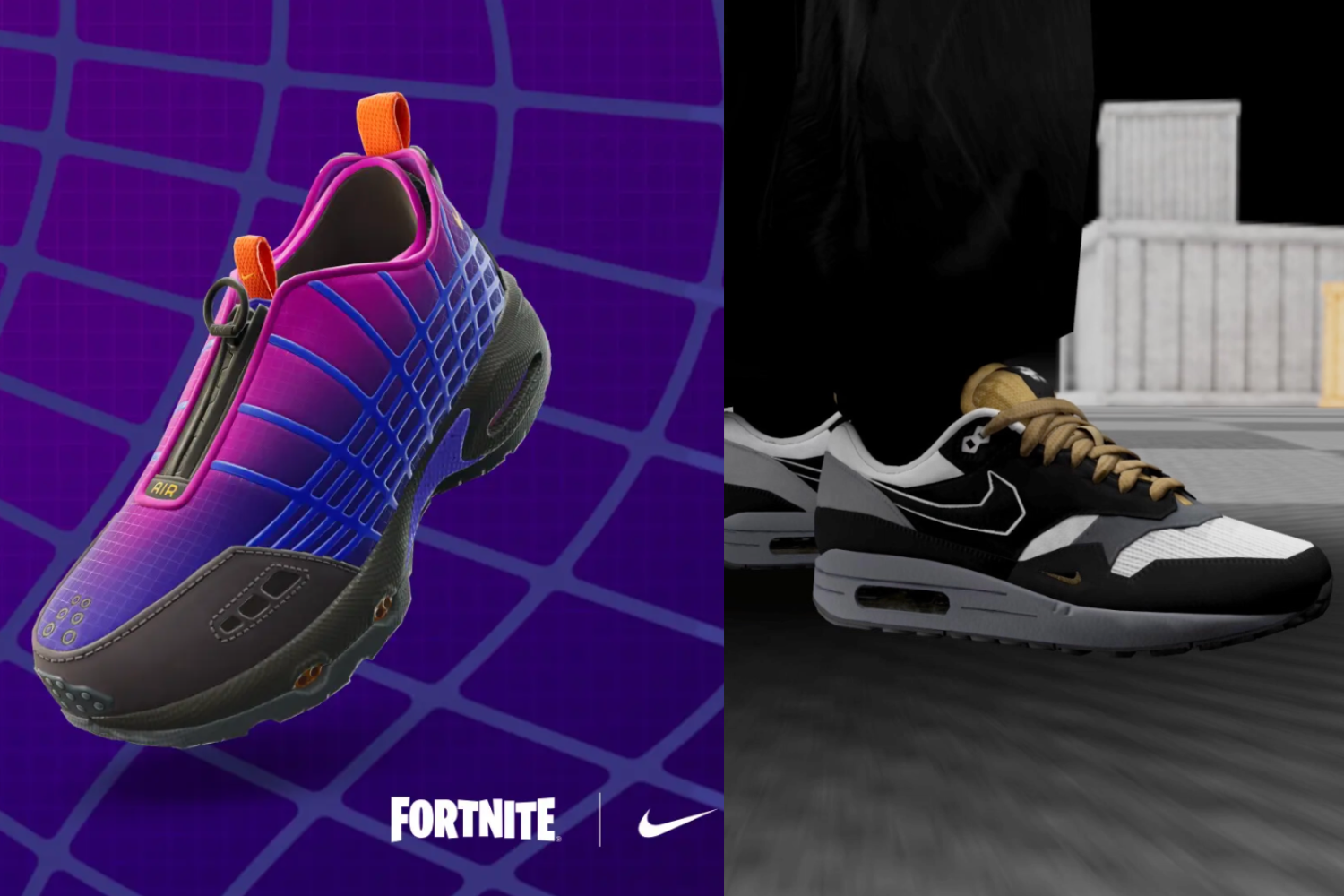
image Nike
Although AR filters and avatar outfits reduce material waste, they often serve short-lived trends, echoing fast fashion’s throwaway culture, only now in pixels instead of polyester.
Be sure to lread the news page section for more insights and topics in sustainability.
What is virtual fashion?
Virtual fashion refers to clothing and accessories that exist only in digital form. These garments are created using 3D design software and can be worn by avatars in virtual worlds or overlaid onto real-life images using augmented reality (AR).
Where is virtual fashion used?
Virtual fashion is present in gaming,social media, metaverse platforms and more.
Is virtual fashion sustainable?
Yes and No. Virtual garments don’t require textiles, water, or shipping, which significantly reduces environmental impact. However, digital production (especially blockchain/NFT-based) still consumes energy, raising sustainability questions.






